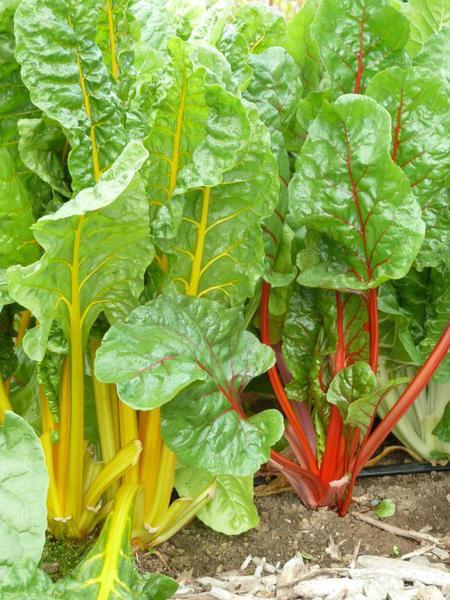|
By Joanne K., Pitt County EMGV Although it's the middle of summer, now is the time to start planning and planting your fall vegetable garden. The eastern NC climate allows for three-season gardening, and the cooler fall temperatures are ideal for such crops as lettuces, onions, broccoli, collards, and cabbage. Fall planting can be done between mid-August to mid-September. Start by getting a soil test, which is free between April 1 and the end of November. Soil test boxes and forms are available at the Pitt County Agricultural Center lobby and the NC Cooperative Extension office at 403 Government Circle, Greenville, NC 27834. Soil samples are sent to the NC Department of Agriculture and Consumer Services lab in Raleigh, and the turnaround time is about two weeks. As the summer crops start to decline, pull out the spent vegetation and weeds to make room for fall crops. Don't turn them under in the garden, however, as the summer build-up of insects and diseases can still linger in the soil in the warm fall temperatures, threatening your new plantings.
NC Cooperative Extension offers an "Eastern North Carolina Planting Calendar for Annual Vegetables, Fruits, and Herbs", which includes information on planting dates, days to harvest, and whether to plant seeds or transplants. You can request a copy from Pitt County Extension Master Gardeners at 252-902-1705 or access the guide online. For more information on vegetable gardening, go to the Extension Gardener handbook.
Plant now and enjoy your own fresh vegetables through the fall and early winter! Photos: Transplants - Lucy B., CC BY 2.0 Curly leaf kale - Lucy B., CC BY 2.0 Swiss chard - Kathleen M., CC BY 2.0
0 Comments
Leave a Reply. |


